“Oh my! That is colorful. And it’s really corn?” I was flabbergasted.
I loved growing and eating corn on the cob. Usually the standard yellow corn or the peaches-and-cream which is a combination of a deep yellow and a pale yellow. I have eaten, though never grown, white corn, loving its tiny, sweet taste.
I had even hung multi-colored dried Indian corn that boasted multiple shades of browns and yellows. But multicolored kernels that made the cob look like a rainbow? This I had never seen before.
“Yes. I thought I’d try something new this year. I didn’t want to spoil the surprise until the cobs were ready to harvest.” She handed me a cob and watched as I finished shucking it.
“Wow!” I held it up to the light. Where? How? What? I really didn’t know what question to ask.
My friend chuckled softly.
“It’s called glass gem corn. It’s a derivative of the very early corn grown by Native Americans in the Oklahoma territories. Back in the 1990s, a Cherokee farmer, Carl Barnes, started researching his native ancestry and with a few seeds, started growing the ancient grain. He had amazing results.
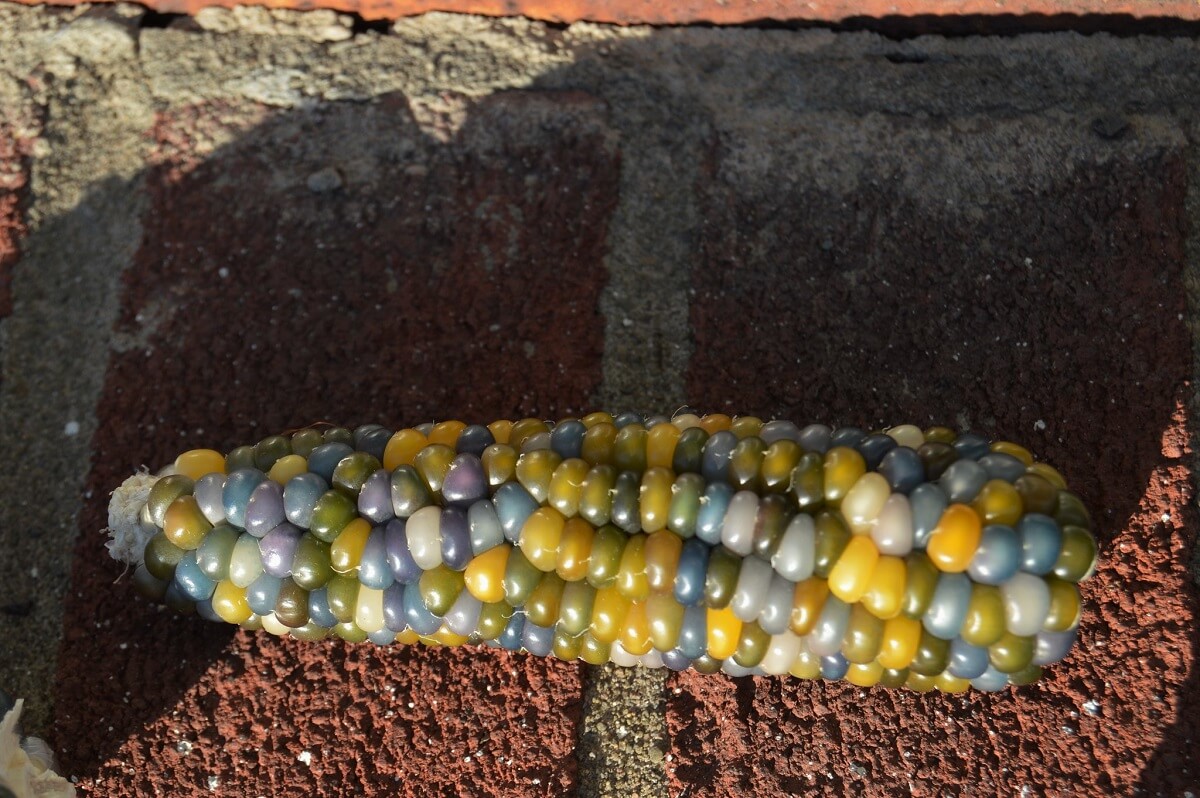
Along with another farmer, Greg Schoen, they started experimenting by mixing the ancient seeds with the more traditional varieties. The results were astounding and became a Facebook sensation in 2012. That’s when the seeds became a rarity as everyone wanted to grow their own rainbow-colored corn.”
Related Post:Growing Corn
“You included,” I said as my eyes took in the marvelous arrangement of colors in the cob.
“Me included.”
Every fall at our local farmer’s market, I purchase a bundle of what is often referred to as Indian corn, or heritage corn in multiple shades of yellow and brown. I hang it on the door to celebrate Thanksgiving, and the Blue Jays love it. I hear them pecking away all day until each and every kernel is gone, and all that remains is the barren cob.
This rainbow heritage corn, however, really sparked my interest. With every color of the rainbow splashed across the kernels, the cobs were works of art and almost too pretty to eat. But (as my research revealed) they were edible, and a delightful, colorful addition to many dishes. So, if it’s edible, and pretty to look at too, why did it disappear from the market?
Well, the answer is simple: people. It’s amazing what happens when humans get it into their heads that only a specific color will do, especially when it comes to corn. In fact, every kernel on an ear of corn is like a sibling to all the others, and every kernel has its own unique set of genes, including the genes that determine the color.
Related Post: Companion Planting for Sweet Corn
So why the preference of single-colored yellow kernels? Well, apparently, it’s not merely yellow kernels, though livestock feeders believe that yellow kernels are richer in vitamins. Apparently, people in the southern states prefer white kernels, while native Americans prefer blue.
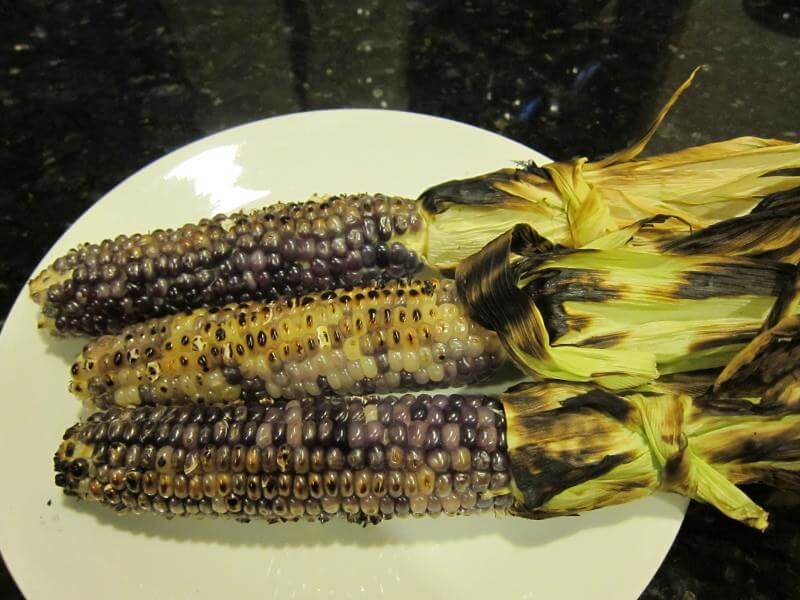
There are also researchers that believe specific corn pigments (which ones is unclear) promote insect and fungi resistance. It’s taken years of research, and careful pollination and storage of the seeds, to create the single-colored corn ears. Almost like politics in the cornfield.
Most sources claim the multi-colored heritage corns are edible. They’re tough and rather bland, but basically harmless (unless you’re allergic to corn, in which case, just enjoy the beauty of it as an ornament). Some people claim that if you watch for the kernels to have the same milk content as sweet corn (meaning harvesting the corn when the right balance of moisture has matured in the kernels) they may have a slightly sweeter taste when cooked. It’s all that starch.
Related Post: Growing Broom Corn
While the corn matures, the kernels fill with this milky material that consists primarily of sugars, making it sweet-tasting when cooked. However, as corn ages, the sugars break down into starches. The sweet yellow varieties that we devour each summer have been specifically bred to retain their sweetness.
Rainbow, or Indian corn, has not been commercially bred and is primarily grown for ornamental purposes. However, rainbow corn does make a good additive to different processed foods. It was traditionally ground into flour or cornmeal. This flour/cornmeal is often used in tacos, corn chips, hominy, polenta, tamales, and so much more.
If you have a special corn dish — casserole or salad — and you want to brighten it up with a rainbow splash of color, cook some of this rainbow corn and add it to the concoction. It might be a little bland or tough, but it is certainly edible, and it adds a colorful ingredient to a wide variety of corn dishes and salads. Again, make sure it’s cooked first.
These translucent, colorful kernels really do shine like sea glass. Their cobs may not be as big or the kernels as tasty as the more commonly known, commercially bred, yellow corn, but they are beautiful, unique, and they make a great conversation piece. And, don’t forget, the Blue Jays love them!
The most beautiful corn in the world? I’d say so!



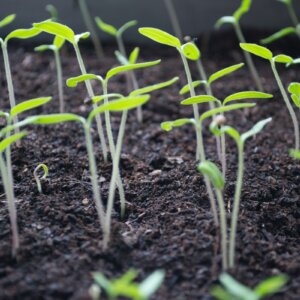



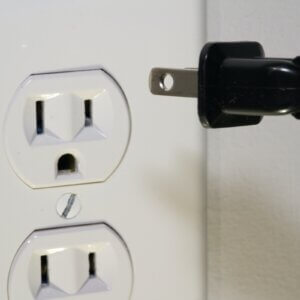

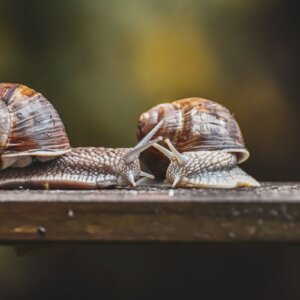

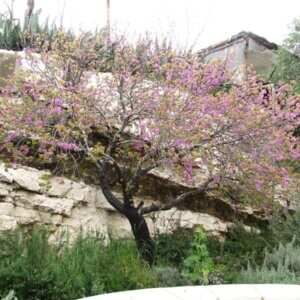

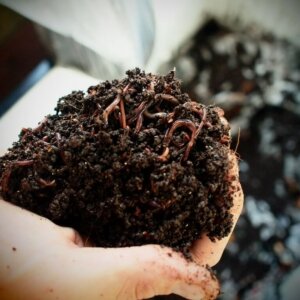

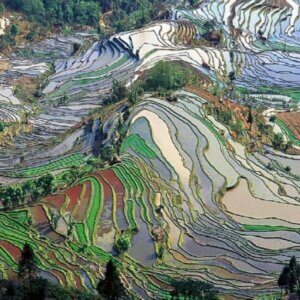

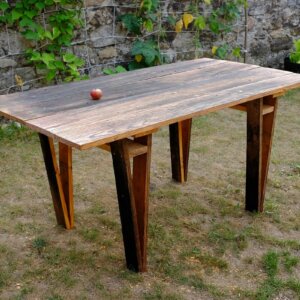


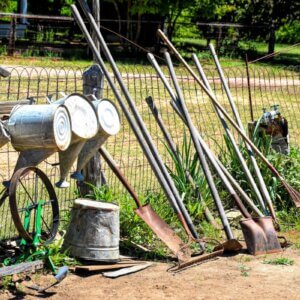

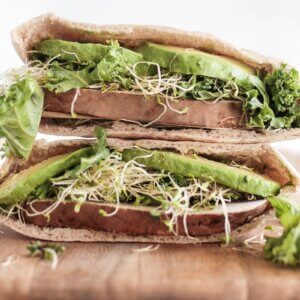
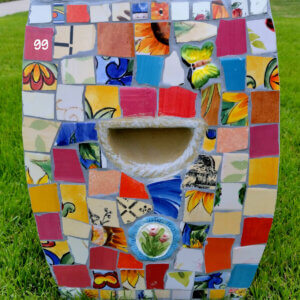

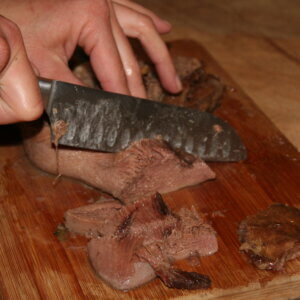

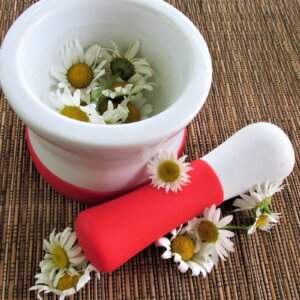


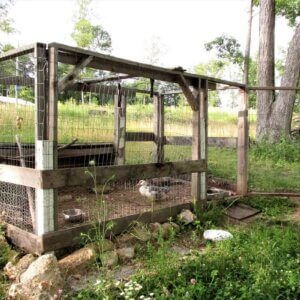

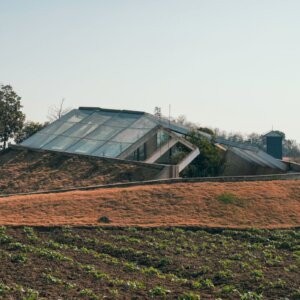
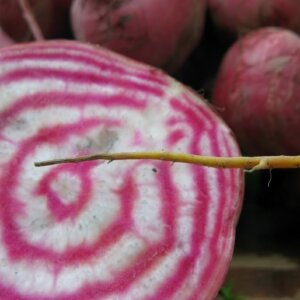

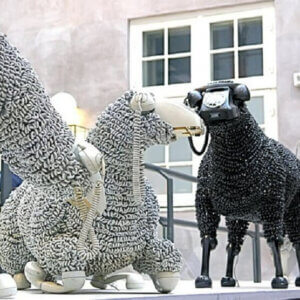




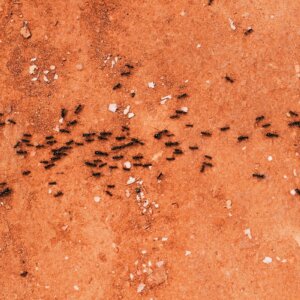
This is so interesting and beautiful to look at.
I think “Indian corn” is pretty much a generic term for all multi-colored kernel corn harvested as mature cobs. They actually probably fall into different categories like flint/dent/flour/pop corn. Some of them are also eaten as immature “green” corn (white or yellow milk-stage before the colors develop) that may not be as sugary sweet as the modern hybrid varieties of sweet corn, but have a somewhat satisfying sweet flavor without being starchy. But no matter which ways they are called, they are all beautiful and deserve a spot in a garden. Thanks for sharing this wonderful plant for everyone to know.
These may be stupid questions…but if you cut the corn off the cob and cook it like you would kernel corn (steamed, boiled, whatever you do) does it retain it’s color when cooked?
And can it be dried into corn meal for masa for tamales? I would imagine the act of mixing the dough would eliminate the bright tones (assuming they are even there) and turn it into a probably very gross looking charcoal brown…but dude…rainbow tamales? YES. PLEASE!
I love colorful meals. Rainbow carrots are a favorite of mine during the holidays. I haven’t tried the purple potatoes yet but I will. Heirloom tomatoes are gorgeous in salads and as toppings on a dish. Primavera sauce? Red, yellow & white onions, red/orange/yellow/green bell peppers, black & green olives, mushrooms…OMG so good, and so visually interesting. (That might more properly be called vegetable puttanesca sauce, but I cringe every time I hear that term).